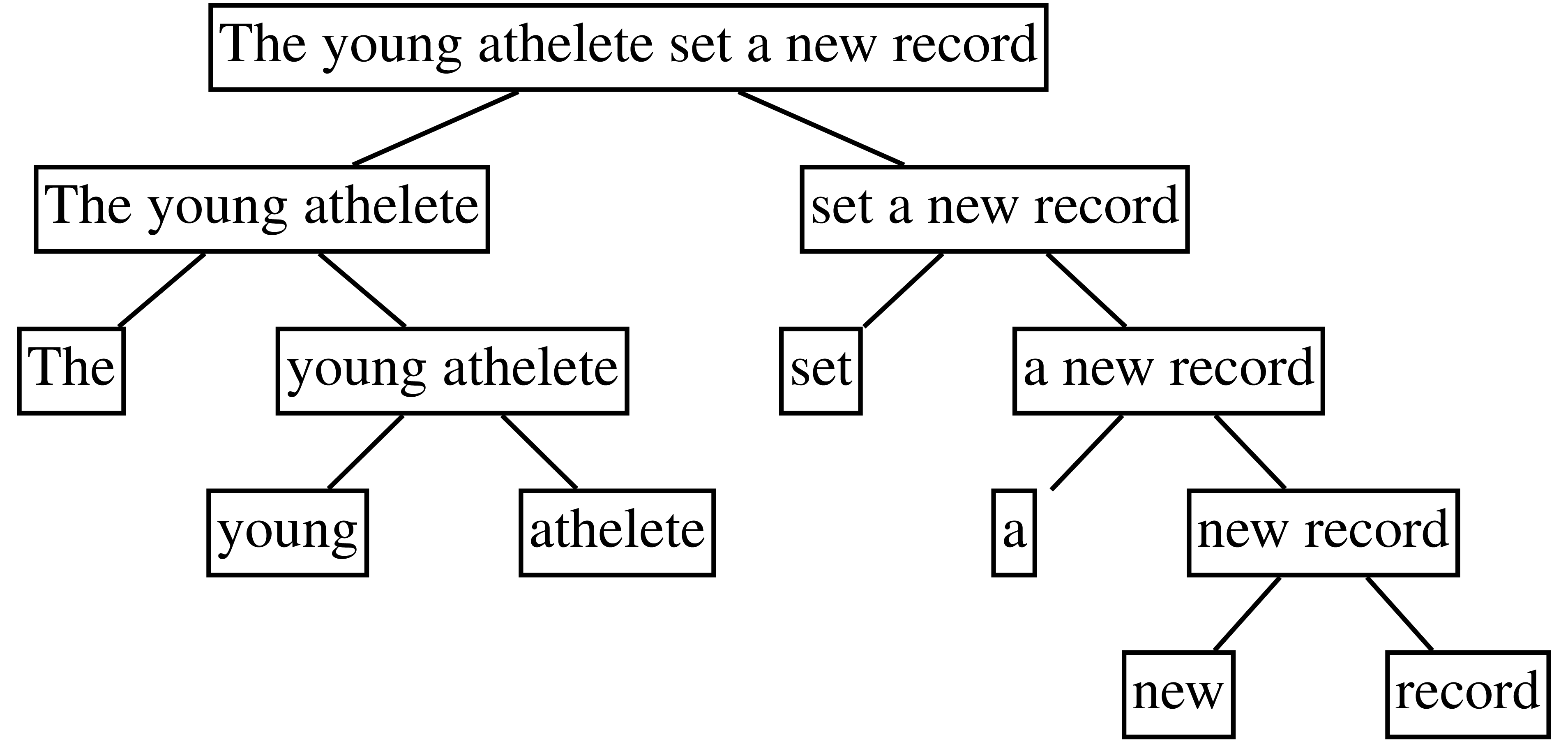www.entitymodelling.org - entity modelling introduced from first principles - relational database design theory and practice - dependent type theory
Background - Grammars as Models
In the study of syntax, linguists seek to understand and express the rules by which some sequences of words can be comprehended as having a structure which is well-formed - that is, we find them grammatical - and some do not. In earlier sections we have spoken about an entity model as representing a theory of what is; we illustrate this now for, as Noam Chomsky wrote in 1957, a grammar of the language L is a theory of L1. Chomsky says that each grammar is simply a description of a certain set of utterances, namely those that it generates and he illustrates with reference to a part of chemical theory concerned with structurally possible compounds. Such a theory, says Chomsky, might be said to generate all physically possible compounds just as a grammar generates all grammatically `possible' utterances2,3.
Different authors have described English by various grammatical systems and with varying and over lapping degrees of success and agreement but each grammar so described is a rule system and what all such rule systems do is to identify and classify relationships between different parts of grammatical sentences; linguists bring to our attention types of entities and accompanying composition relationships which otherwise remain hidden.
Rule systems invariably focus on different word classes i.e. different types of words such as were introduced in the table 1 in the earlier section Type of Things.
The type of each word of an example sentence can be shown by annotating the word entities as follows:

With regard to the types of words - many words can be used say as nouns and as verbs and so it is the use of the word that is the entity to which a type is assigned.
Figure 2 shows the hierarchically structure of a simple sentence. It shows the composition relationships between its constituents parts. Each of the boxes in figure 2 is an example of a sentence constituent - a single word or a phrase; this is a key entity type for the linguist.
